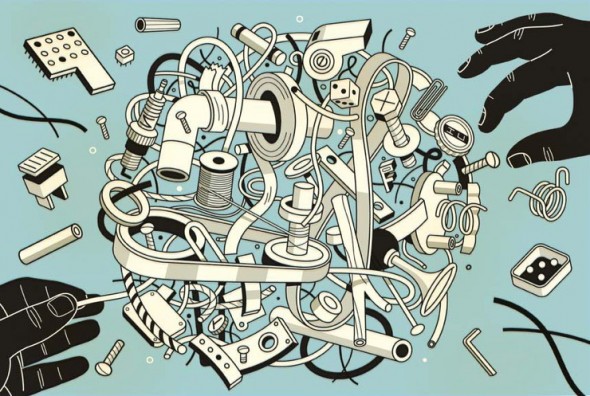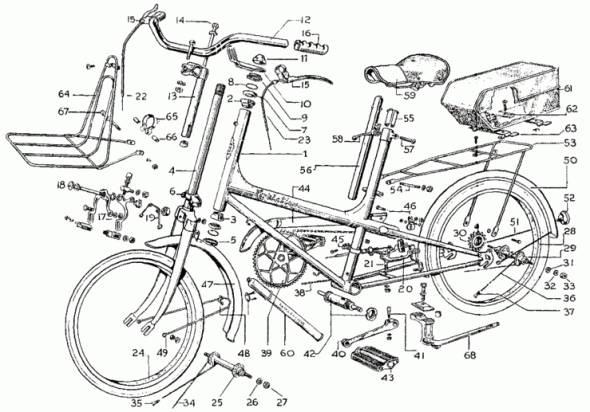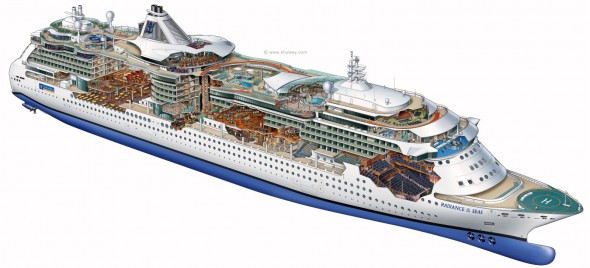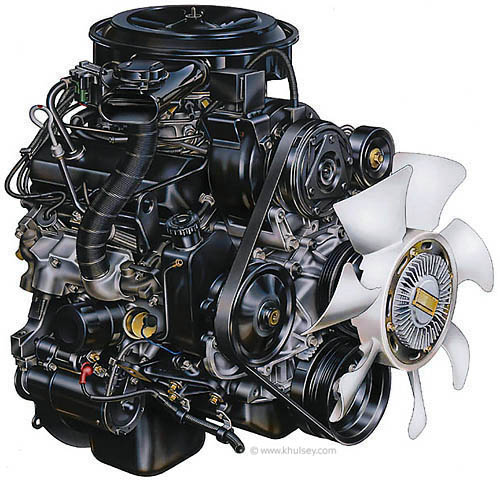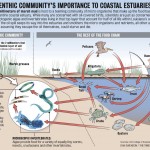Looking for some lineart to practice your rendering? Or maybe some plans and elevations to practice a perspective or axonometric drawing system? Check out Google Patent Search, a searchable database of patent applications including the supporting technical drawings.
Quality of the drawings varies, but some digging may save you some drawing if all you really want to do is paint.
[via Boing Boing]



